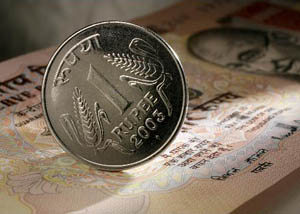Inflation Plunges Further To 8%
 During the week ended November 29, the headline inflation, while continuing its southward journey, fell further to 8% from 8.4%.
During the week ended November 29, the headline inflation, while continuing its southward journey, fell further to 8% from 8.4%.
Earlier it was displayed by a poll that the annual inflation rate was expected to have fallen to its lowest in eight months in late November, following a decline in the prices of manufactured products and lower fuel prices.
As compared with 8.4 per cent a week before, the median forecast of 11 economists was for an 8.0 per cent rise in the wholesale price index in the 12 months to November 29.
Since mid-April, when inflation was at 7.95 per cent; this is the slowest rise. Following an increase in state-set retail fuel prices, inflation had surged into double digits in early June and reached 12.91 per cent on August 2, the highest reading since the annual numbers in the current data series became available in April 1995.
Sonal Varma, an economist with Nomura reported, “We expect further decline in manufactured product prices as firms pass on lower input costs to consumers.”
The major concern as of now is the unstable rise in the food articles though inflation has dropped to its lowest since April-end. It is being suggested by the economists that government should use its buffer stock to contain prices of food articles.
“Over the last 15 weeks, the wholesale price inflation has come down from 12.91 per cent to 8.4 per cent whereas the food articles inflation has gone up from 8.84 percent to 10.43 percent. This needs to be addressed by enhancing the efficiency in the farming sector and revisiting the minimum support prices for the time to come,” informed CARE credit ratings chief economist Somendra K Das.